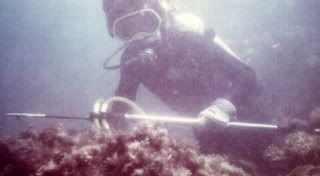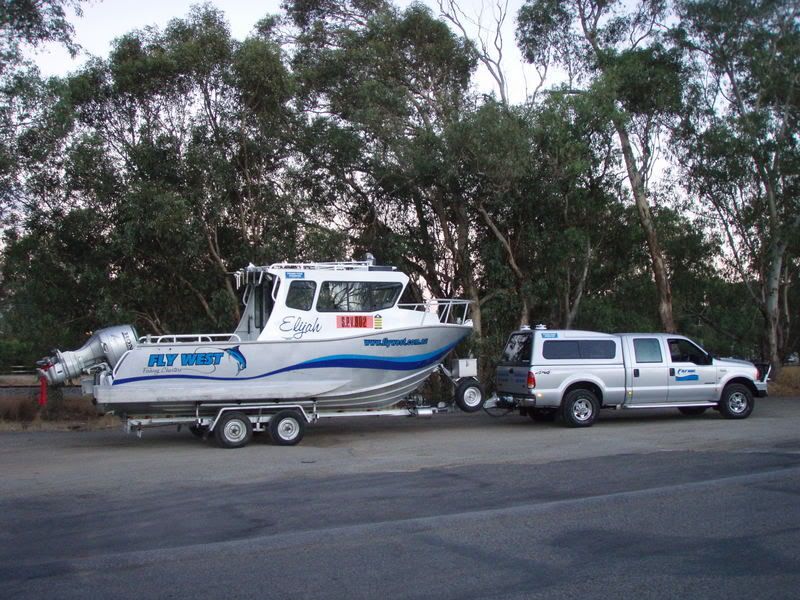I'm sorry guys - I don't read foreign languages. That's why I posted here.
They are water based finds, about 30 years ago - I've hung onto them a long time - always intending to go back - but it's just worked out that I never actually got back there.
I told our Maritime Museum (Gave them a curved piece of "hull rib" with a copper rivet thru it, bout as thick as my thumb).
They tried to palm me off, and said it was a old coastal trader carrying "guano" that sank in about 1912 and named the vessel.
I later went and found the vessel they named it as being, - sunk about 2 miles away, further down the coast.
I didn't bother showing them the pipes and coins - they seemed to not really be interested in the rib and just dismissed me outta hand as a know nothing kid, despite the fact, it lies within about 30 miles of the 1963 found Dutch East Indiaman "Vergulde Draeke" (Golden Drake erroniously called Gilt Dragon in the press at the time).
The "Gilt Dragon", (Vergulde Draeke) went down in 1656, there are 3 others still missing from that era - despite those 4 that have already been found (Batavia, Zeeytdorp, Zeewyck).
I've since gone on to find - carved rock inscription made & dated by captain of the Vergulde Draeke Peiter Jantz(oon), in 1656 after the VD sank at Ledge Point, within the Perth Metro area on one of our northern beaches.
It was first reported in the press - in 1950, BEFORE the VD wreck was found by Robinson in 1963.
Two WA Uni Students in Geology proclaimed the inscription to likely be a fake according to the press report.
Since then one of the worlds pre - emminent scientists in petroglyph (Rock Inscriptions) dating has micrscopically inspected the inscriptions and found traces of the metal implements used to carve them still in situe in the bottom of the engraved letters and measured erosion on the edges of the inscribed letters compared to recent crack within the rock after it was first reported in 1950 i.e within the last 50 years!
He has declared the engravings as genuine and at least 7 times the erosion wear rate of the recent break - thus about 350 years old. (Or ~ 1656 as the roiginal date claimed).
The engravings - are within the precinct of a new planned marina - and if not preserved soon - will be buried under a concrete and asphalt car park & lost to our states (And Hollands) maritime history forever.
The WA Maritime Museum - despite them being reported publicly 50 years ago cannot find them.
I am lead to believe that - Capt Pieter Jantz(oon) managed to bring to shore in one of the two ships boats, 3 of the 7 "chests" (casks/barrels) of silver coin on the vessel before it sank.
He managed to land about 75 odd passengers and crew along with the coin "chests", sending his under-steersman Leeuwin and 6 crew off to Batavia in one of the two longboats to seek a rescue ship - the coins being his "Insurance" they would "risk" a vessel to come rescue the remaining 68.
This they did twice, leeuwin returning on the second ship - and coming ashore where Jantz had said they were (latitude)
A storm blew up overnight and the rescue ship went out to sea to avoid being blown ashore - abandoning Leeuwin & oarsmen/crew in a long boat on the coast of Western Australia for the 2nd time. Showing his seamanship - he sailed the longboat back to Batavia a second time.
The crew - were never found/rescued (but the inscription shows they moved about 60 odd miles south to the environs of modern day city Perth & the Swan River).
I believe they buried the 3 "chests" (casks/barrels) of silver coins (their rescue insurance) in the coastal dunes near where they landed on the beach between modern day Ledge Point and Seabird.
These too have never been located yet - with the exception that 6 or 7 coins were found by a boy in about 1940 in a limestone cliff cave overhang on the coast in that vicinity - along with the supposed skeleton of a seaman who had a rusted sword. A further single coin was found just north of the now coastal town of Guilderton (A source of freshwater along the path they survivors took from Ledge Point to Perth).
There's no doubt they buried their coin cache as to carry it all that 60 odd miles distance - when it has no value toward survival doesn't make any sense.
Anyway - WA's maritime history is a fascinating tale - still being written it would seem.
Our biggest problem is that so much of what has been salvaged from these historic wrecks by our maritime museum - seems to keep turning up in private collections in Europe.
No one has ever publicly audited the Maritime Museum here, and this is long overdue.
Some of the Film I have of the salvage by maritime museum shows recovery of over 7000 dutch silver coins from the Zyptdorf wreck, yet less than a couple handfulls ever get publicly displayed in the various Maritime Museums displays of the state in Fremantle Geraldton Shark Bay.
Few in the marine community trust our maritime museum staff these days.
Most finds are kept under tight wraps as a result.
Our Maritime Legislation is very draconian and the people administering it apparently have sticky fingers.
Since the legislation was enacted NO Dutch wrecks have been discovered by the maritime museum staff and NONE have been reported by skin divers etc.
Simply put - Maritime legislation in WA has not been a success, because no trust exists between the community with those in charge.
I have old film footage of salvors who went on to be chief of police and Chairman of the board of the maritime museum, using dynamite to blast a dutch east indiaman wreck (Zyptdorf cliffs) back in the 1940's.
The majority of REAL maritime history research in WA today is done "underground".
Cheers











